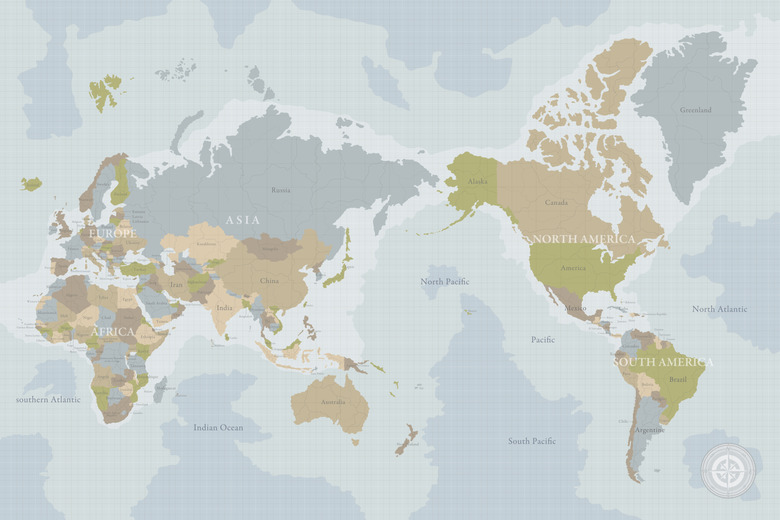Physical Address
Suite 5, 181 High Street,
Willoughby North NSW 2068
Physical Address
Suite 5, 181 High Street,
Willoughby North NSW 2068

Earth is split along two lines — the Equator running east-west and the Prime Meridian running north-south — into hemispheres. While each hemisphere, as these quarters of the earth are called, is distinct from its peers, the north-south division caused by the Equator denotes a particular shift in terms of environment, geography, and human culture. Though the Earth is a sphere suspended in space, the differences caused by this divide are hardly arbitrary — the complex factors of human settlement, weather, and ecology all feed into each other, creating a vastly different world from one hemisphere to the other.

The Northern Hemisphere refers to the half of the planet that is north of the equator, while the Southern Hemisphere is all of the planet south of the equator. Some continents run through both hemispheres, although all of Europe and North America are in the Northern Hemisphere. Also in the Northern Hemisphere is almost all of Asia, as well as the majority of Africa (below the Horn of Africa) and approximately 10 percent of South America, above the mouth of the Amazon River. The Southern Hemisphere encapsulates all of Antarctica, the south of Asia, approximately one-third of Africa, all of Australia and approximately 90 percent of South America (below the mouth of the Amazon River). The North Pole, of course, is in the Northern Hemisphere, while the South Pole is at the most southerly part of the Southern Hemisphere.

Summer and winter seasons differ between the two hemispheres, resulting in vastly different temperatures at the same time of year between the most southern and northern locations. In the Northern Hemisphere, summer takes place from the summer solstice (usually June 21) until the autumnal equinox (typically Sept. 21). Winter, meanwhile, takes place from the winter solstice (usually Dec. 22) until the vernal equinox (usually March 20). Summer in the Southern Hemisphere typically takes place between Dec. 22 and March 20, while the winter season typically lasts between June 21 and Sept. 21.

Nearly 90 percent of the human population is in the Northern Hemisphere, with the rest residing in the Southern Hemisphere. The vast majority of the Earth’s land mass is also found in the Northern Hemisphere. Variations in pollution are notable between the two hemispheres, given that the Southern Hemisphere contains a much smaller population and significantly less industrialization. For that reason, there is a much higher level of pollution in the Northern Hemisphere.

As a result of the Coriolis effect, which is the deflection of moving objects based on the Earth’s rotation, hurricanes and tropical storms rotate in a clockwise direction in the Southern Hemisphere and counterclockwise in the Northern Hemisphere. During the day in the Northern Hemisphere, the sun will rise to its maximum point at a southerly position, because it will go with the direction of the equator (south). In the Southern Hemisphere, the opposite occurs, as the sun rises to its maximum point in a northern direction.